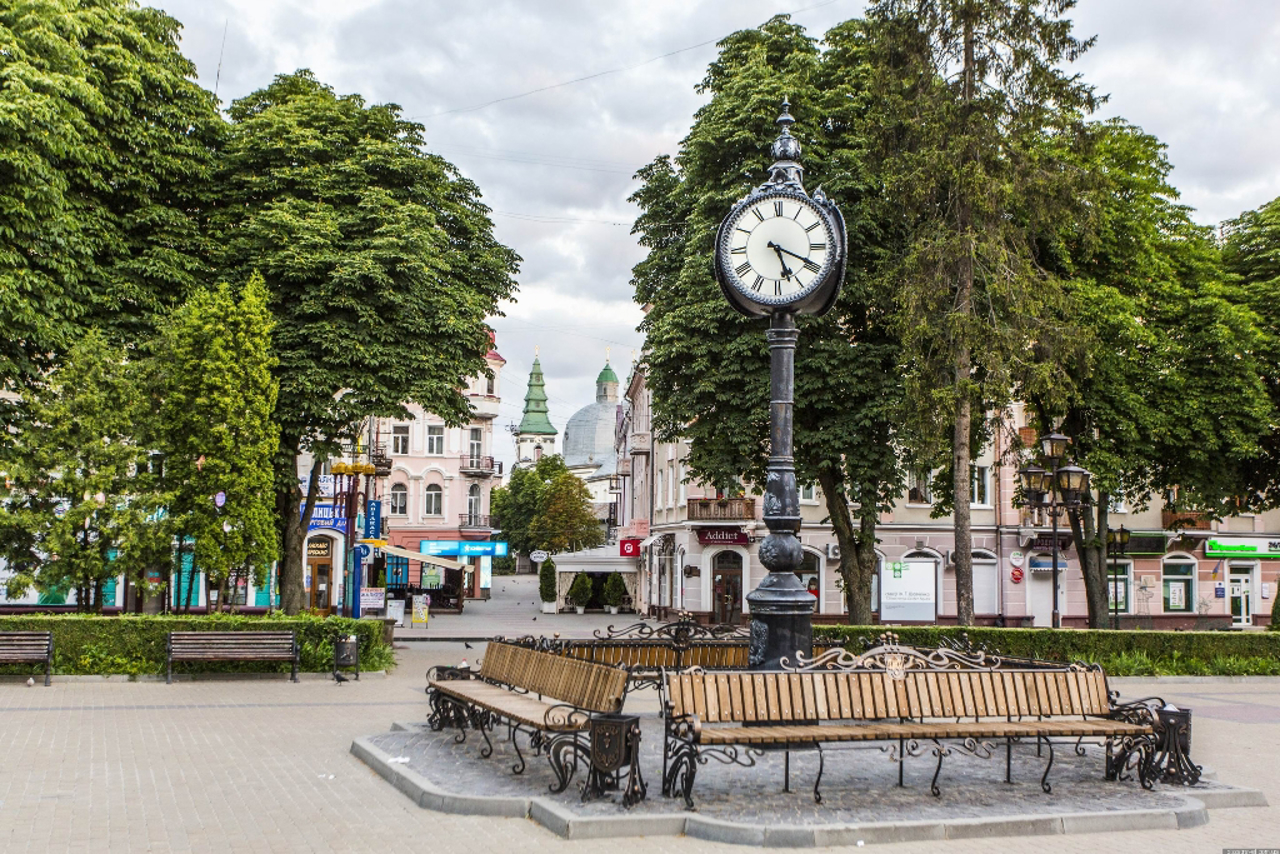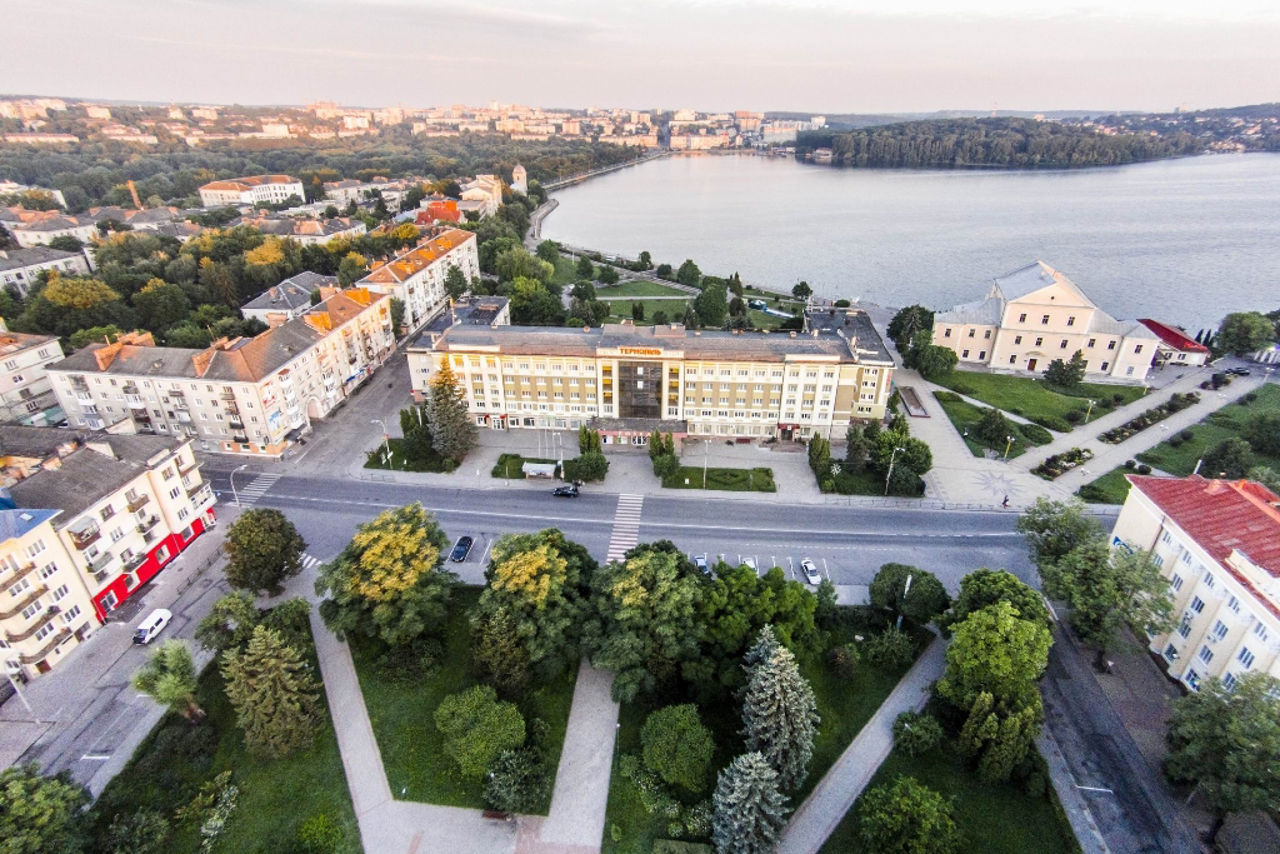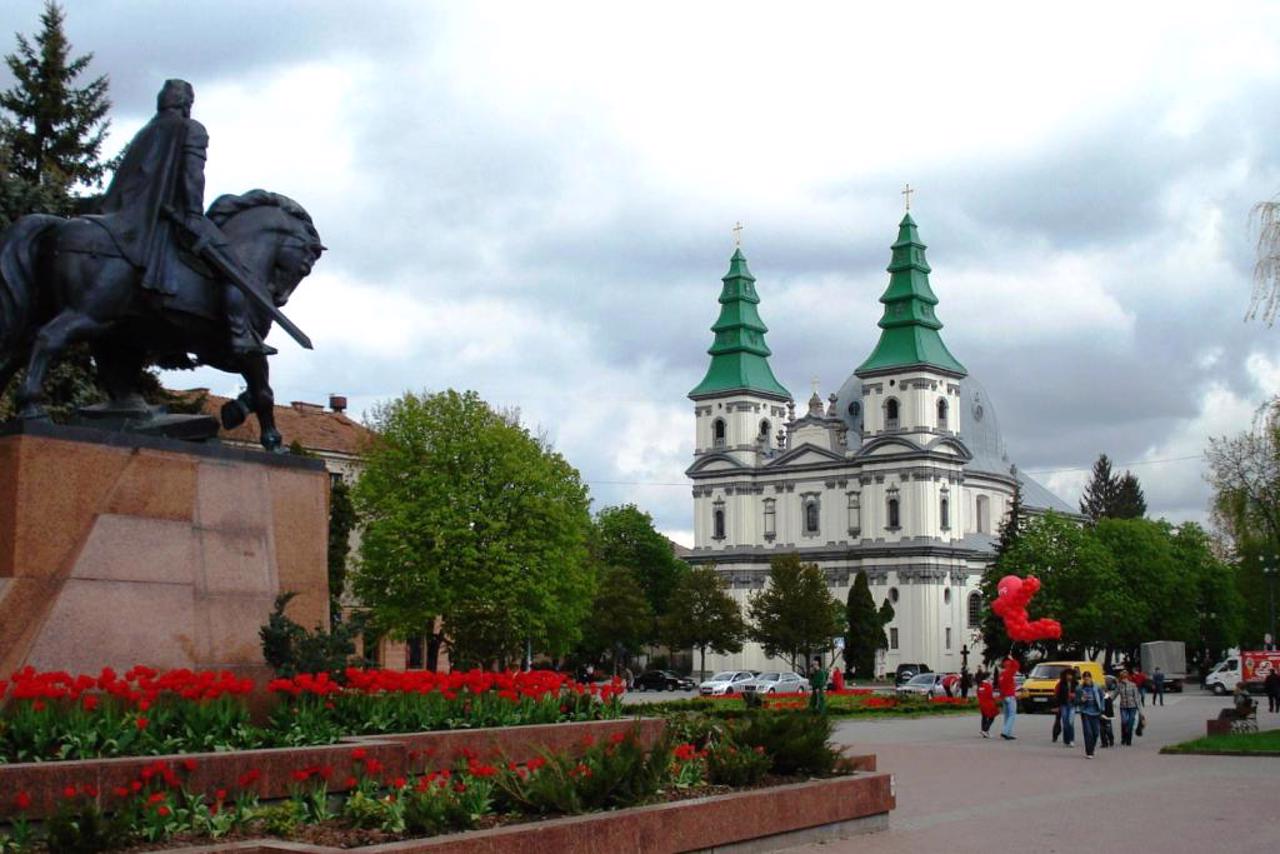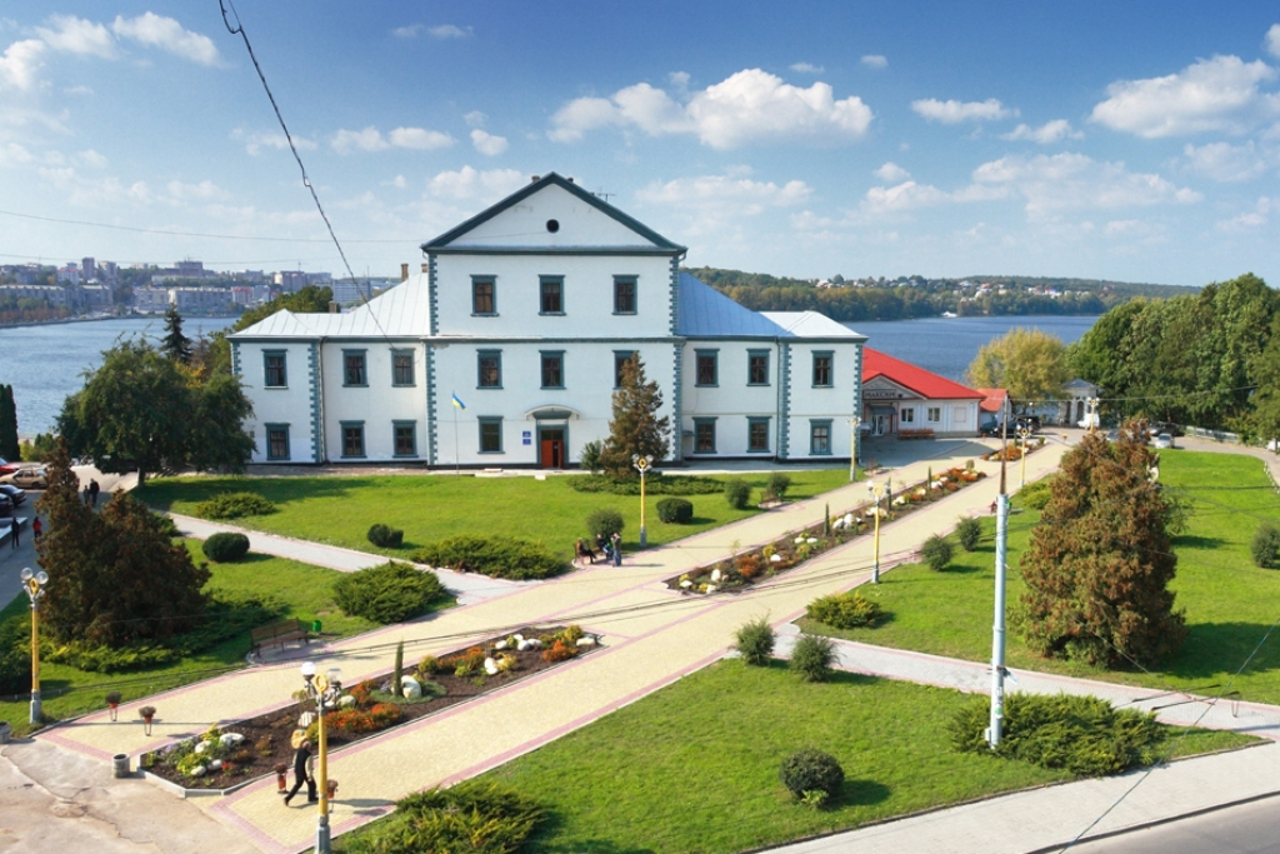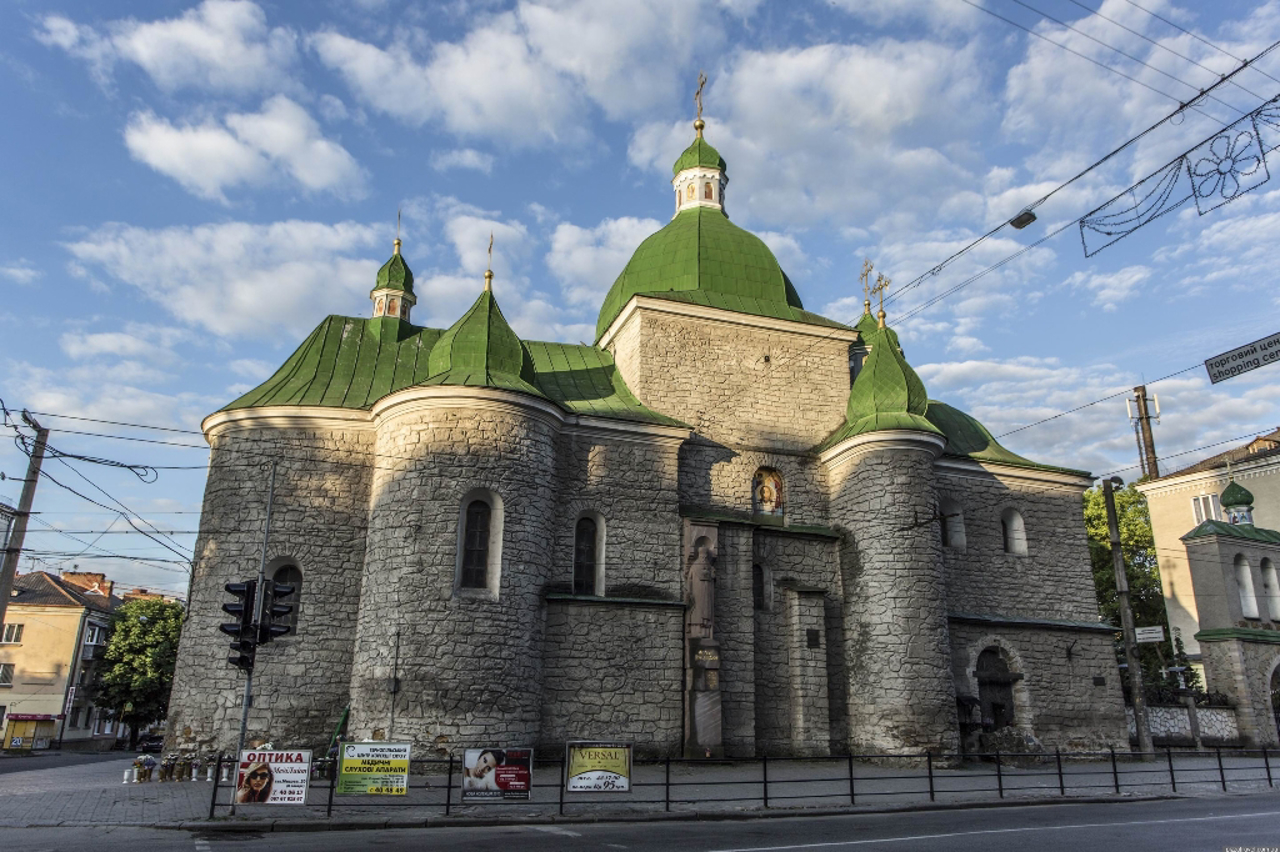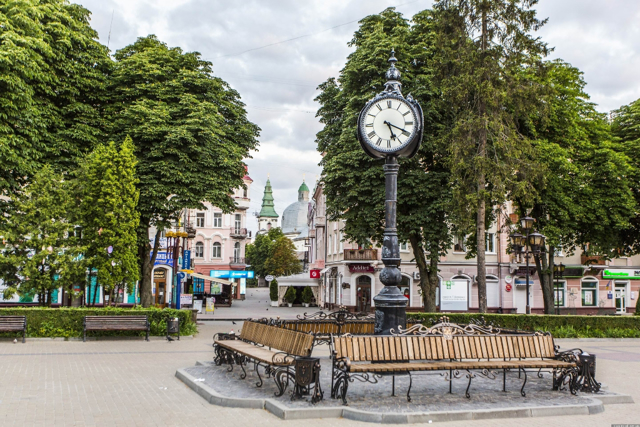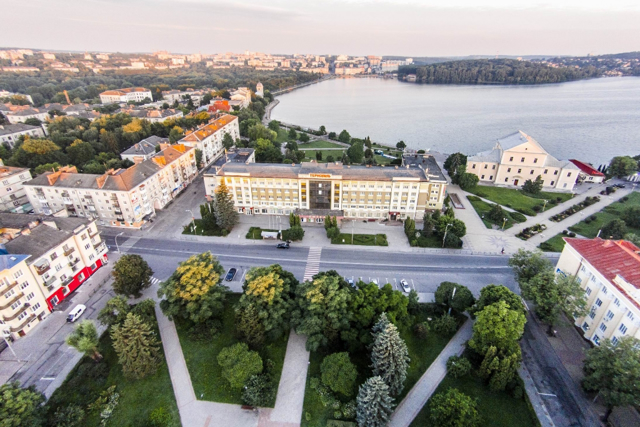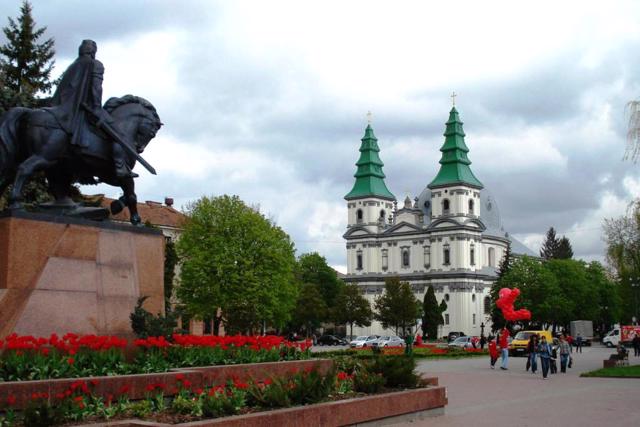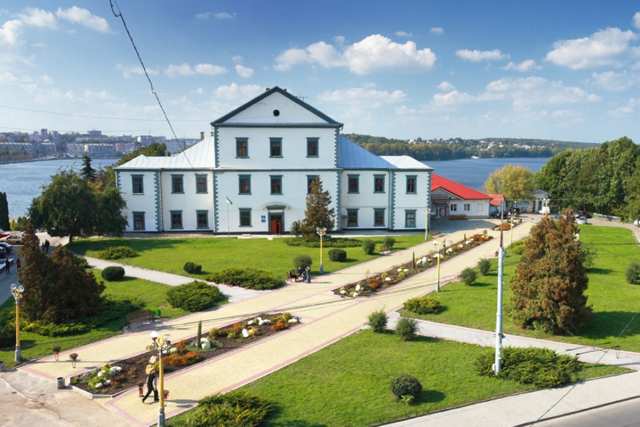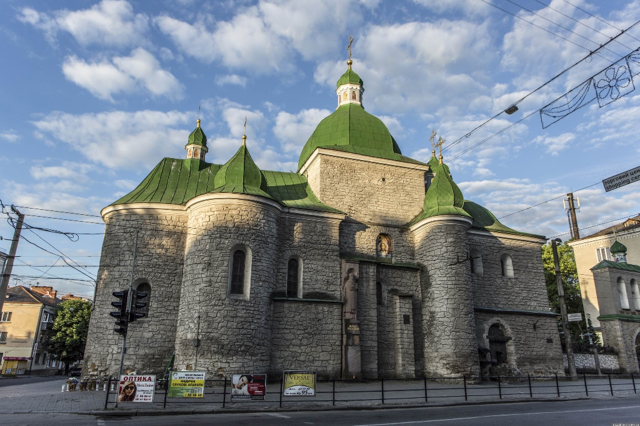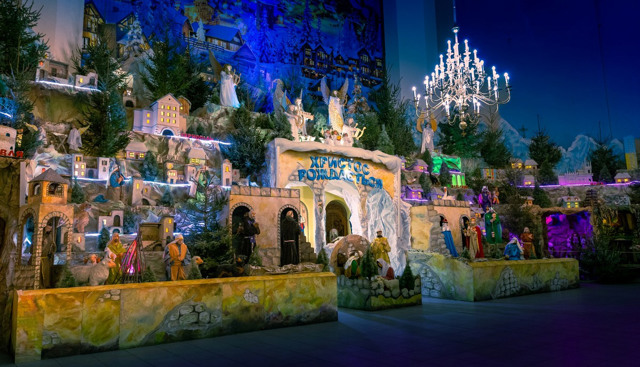Functional temporarily unavailable
General information about Ternopil
The city of Ternopil is a cozy regional center on the Seret River, one of the historical cities of Galicia.
It arose in the 16th century on the site of the Ancient Rus fortification Sopilche (Topilche) destroyed by the Tatar-Mongols.
In 1540, the Krakow castelian, the great Crown Hetman Yan Tarnovskyi, began building a castle on the Terebovlia lands donated by King Sigismund I to protect the Polish borders from Tatar raids. In his honor, the settlement was named Tarnopol.
In 1548, the city received Magdeburg law. At different times it belonged to Austria, Russia, and Poland. It was owned by Zamoyski, Sobieski, and Potocki. The city suffered many fires and destructions, in particular, it was completely destroyed by the Turks in 1672, after which revival began only at th ...
The city of Ternopil is a cozy regional center on the Seret River, one of the historical cities of Galicia.
It arose in the 16th century on the site of the Ancient Rus fortification Sopilche (Topilche) destroyed by the Tatar-Mongols.
In 1540, the Krakow castelian, the great Crown Hetman Yan Tarnovskyi, began building a castle on the Terebovlia lands donated by King Sigismund I to protect the Polish borders from Tatar raids. In his honor, the settlement was named Tarnopol.
In 1548, the city received Magdeburg law. At different times it belonged to Austria, Russia, and Poland. It was owned by Zamoyski, Sobieski, and Potocki. The city suffered many fires and destructions, in particular, it was completely destroyed by the Turks in 1672, after which revival began only at the end of the 18th century.
In 1918, for some time Ternopil was the capital of the ZUNR.
Many monuments of architecture, history and culture have been preserved, which have features of eclecticism and modernism. The architectural ensembles of the central part of the city with the pedestrian zone give an idea of the character of the buildings of the old Ternopil.
The life and activities of singer Solomiya Krushelnytska and director Les Kurbas are connected with the city.
Ternopil City Day is celebrated on August 28.
Місто Тернопіль - затишний обласний центр на річці Серет, одне з історичних міст Галичини.
Виникло у XVI столітті на місці зруйнованого татаро-монголами давньоруського укріплення Сопільче (Топільче).
У 1540 році краківський каштелян, великий коронний гетьман Ян Тарновський, на подарованих королем Сигізмундом I теребовлянських землях почав спорудження замку для захисту польських кордонів від набігів татар. У його честь населений пункт був названий Тарнополем.
У 1548 році місто отримало Магдебурзьке право. У різний час належало Австрії, Росії, Польщі. Їм володіли Замойські, Собєські, Потоцькі. Місто зазнало багато пожеж і руйнувань, зокрема було повністю розорене турками у 1672 році, після чого відродження почалося лише в кінці XVIII століття.
У 1918 році деякий ча ...
Місто Тернопіль - затишний обласний центр на річці Серет, одне з історичних міст Галичини.
Виникло у XVI столітті на місці зруйнованого татаро-монголами давньоруського укріплення Сопільче (Топільче).
У 1540 році краківський каштелян, великий коронний гетьман Ян Тарновський, на подарованих королем Сигізмундом I теребовлянських землях почав спорудження замку для захисту польських кордонів від набігів татар. У його честь населений пункт був названий Тарнополем.
У 1548 році місто отримало Магдебурзьке право. У різний час належало Австрії, Росії, Польщі. Їм володіли Замойські, Собєські, Потоцькі. Місто зазнало багато пожеж і руйнувань, зокрема було повністю розорене турками у 1672 році, після чого відродження почалося лише в кінці XVIII століття.
У 1918 році деякий час Тернопіль був столицею ЗУНР.
Збереглося безліч пам'яток архітектури, історії та культури, які мають риси еклектики і модерну. Архітектурні ансамблі центральної частини міста з пішохідною зоною дають уявлення про характер забудови старого Тернополя.
З містом пов'язане життя та діяльність співачки Соломії Крушельницької, режисера Леся Курбаса.
День міста Тернополя відзначається 28 серпня.
Сплануй своє перебування у Ternopil
What to see and where to go in Ternopil
Tourist attractions and museums of Ternopil
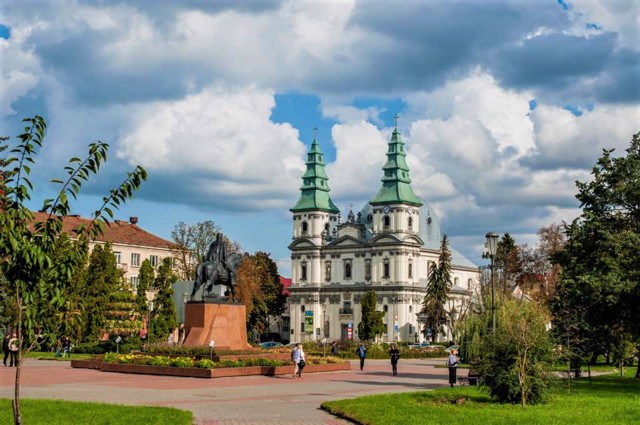
Immaculate Conception of Blessed Virgin Mary Cathedral (Dominican Church)
Temple , Architecture
The Cathedral of the Immaculate Conception of the Blessed Virgin Mary in Ternopil is an architectural monument of the late European Baroque.
A large Roman Catholic church with two elegant towers was built in 1749-1779 in the historic center of the city according to the project of the architect Avhusta Moschynskyi (according to other sources - Yan de Vitte) on the site of an ancient Rus Orthodox church. At the same time, a two-story cell block of the Dominican monastery was built. Between them is the so-called "Italian courtyard", currently not accessible to tourists.
The Dominican church was badly damaged during the Second World War and was restored in 1953. It was used as a picture gallery of the Ternopil Regional Local Lore Museum, and the archive is still located in the monastery building.
In 1992, the building was restored and handed over to the Greek Catholic community. The interiors were not preserved.
Next to the Cathedral of the Immaculate Conception of the Blessed Virgin Mary, a monument to Metropolitan Yosyp Slipiy has been erected, and in the square opposite the church - a monument to Prince Danylo Halytsky.
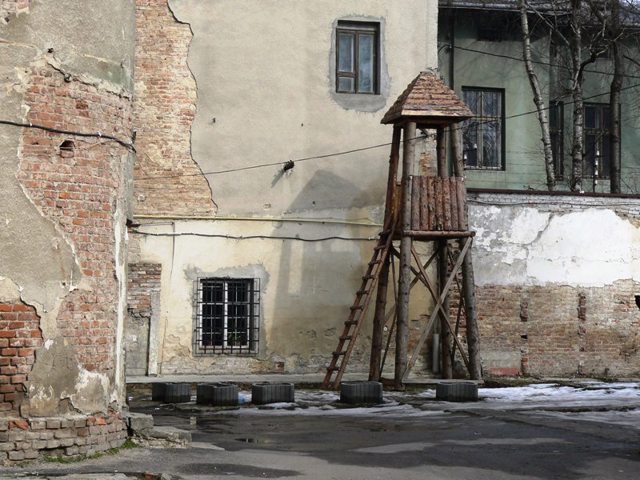
Political Prisoners Historical and Memorial Museum
Museum / gallery
The Historical and Memorial Museum of Political Prisoners opened in Ternopil in the basement cells of the temporary detention center of the former Ternopil Department of the NKVD-KGB on October 14, 1996.
The museum's exposition tells about the struggle of Ukrainian patriots against the communist regime, the repressive methods of the Soviet special services and the life of convicts in the Gulag camps, and recreates the regime of detention of political prisoners and interrogation methods. Among the museum's exhibits are a map of the USSR indicating the locations of special camps, stands with biographies of armed underground leaders, belongings of political prisoners, photographs and biographies of OUN and UPA leaders, postcards from 1940-1950, photographs from the unique UPA photo archive found in 1999 in Ivano-Frankivsk region, materials about the repressions of 1939-1941 in Western Ukraine.
The prison environment has been recreated in 28 pre-trial detention cells. Visitors can see the punishment cell, torture instruments, clothing and household items of prisoners. Models of a Siberian concentration camp and a "calf barn" wagon are also on display.
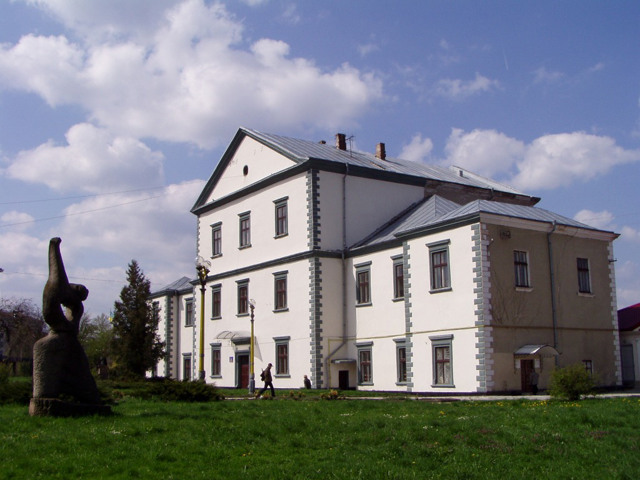
Ternopil Castle (City Museum)
Castle / fortress , Architecture , Museum / gallery
Ternopil Castle was founded in 1540 by the Grand Crown Hetman Yan Tarnovskyi on the site of the ancient Rus settlement of Sopilche (Topilche) to defend the Polish borders from the Tatars.
In the 17th century, the Grand Crown Chancellor Tomash Zamoyskyi significantly expanded the fortifications, but in the following years they were repeatedly destroyed. In particular, the Ternopil castle was almost completely dismantled by the Turks after the capture of the city in 1672.
At the beginning of the 19th century, Count Frantsishek Korytovskyi built a palace in its place, for which the surviving fortifications, towers and gates were demolished, and the building was surrounded by an ordinary fence. Some castle elements have been preserved.
During the First World War, the palace was burned and was in ruins for a long time. Renovated in 1951, it houses exhibition halls and a training and sports center.
From the street the Ternopil castle building looks inconspicuous, but from the side of the lake its fortification character is well visible.
The "Museum of the City of Ternopil" was opened in the dungeons of the castle.
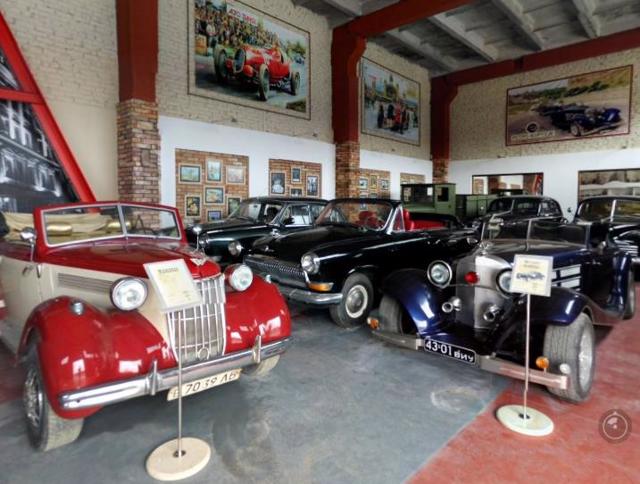
"Retro Cortege" Museum
Museum / gallery
The first museum of retro cars "Retro-Cortege" in Western Ukraine was opened in Ternopil in 2016 on the initiative of entrepreneur Taras Demkur.
More than 20 vintage cars are presented, some of which have an interesting history. In particular, the collection includes a Jaguar car that belonged to US President Richard Nixon, as well as a Maybach from Hitler's Werewolf stake. The oldest car dates back to 1933.
Also presented are restored motorcycles, old radio equipment, a collection of mini cars from different parts of the world, military equipment.
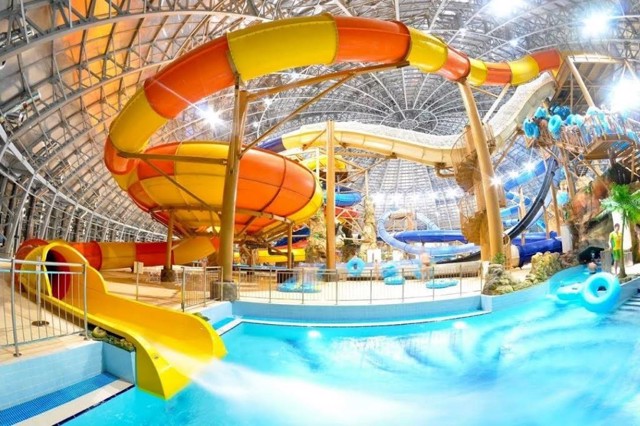
Aquapark Alligator
Aquapark
The area of the Aquapark "Alligator" at the hotel entertainment and health complex in Ternopil is 4.2 thousand square meters. It can accommodate 400 visitors at the same time.
The Aquapark has three pools with a depth of 150, 90 and 30 centimeters, 8 water slides for adults and children of different ages with a length of 3 to 33 meters and a height of 1.5 to 10.5 meters. In addition to the water slides, there is a hydromassage area, waterfalls and 2 exciting attractions: "Body Slay" (an intriguing journey through a closed water pipe 86 meters long from a height of 6.5 meters) and "Black Hole" (adrenaline descent through a closed water pipe from a height of 12.5 meters 160 meters long, accompanied by spectacular illuminations and exciting sounds). Other attractions: the "Kamikaze" slide (height 10.5 meters, length 33 meters), the slide "Truba" (height 6.5 meters), the slope "Family hill" (height 4.5 meters and length 20 meters).
The water park complex includes a SPA zone (infra-red sauna, professional massage therapists, Turkish bath hamam).
The hotel complex has a bowling alley, a disco club, a restaurant, billiards, and a fitness club.
Reviews Ternopil
Geographical information about Ternopil
| {{itemKey}} | {{itemValue}} |
|---|---|
| Region |
Ternopil |
